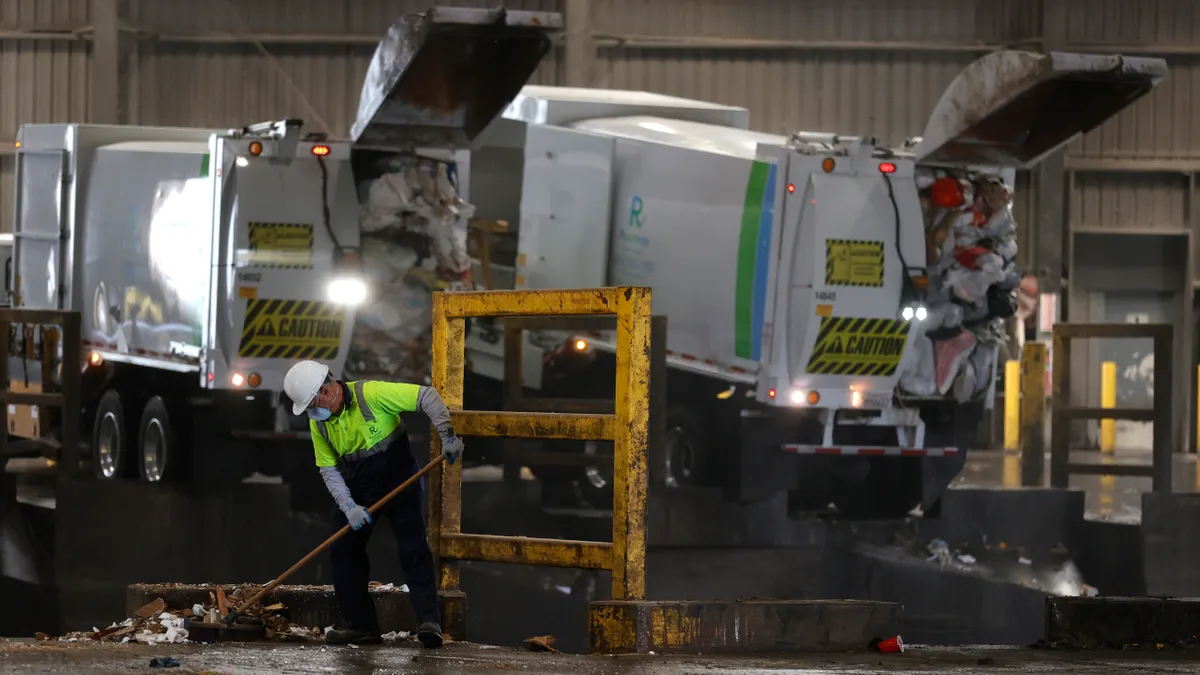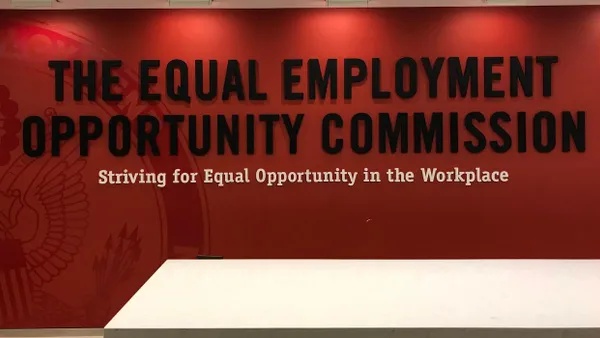Companies looking to get environmental insurance should find the market relatively soft going into 2024, making it likely they can get coverage to meet their needs, Lydia Zaharia of Marsh McLennan Agency said in a webcast last week. But carriers can be expected to start slimming down their exposure as claims against contaminants and other emerging perils increase.
“Right now the market is very soft,” said Zaharia, regional environmental marketing director at the insurance brokerage. “Terms are usually favorable. I don’t think I’ve ever had an instance where I couldn’t get enough coverage.”
The big claims driver the past year has been mold, but insurers are also seeing increased exposure to contaminants that are showing up in unexpected places, in part because of weather extremes.
“We are seeing weather in places we haven’t seen before, so a lot of that existing contamination got exacerbated by water being in places it hadn’t been before,” she said. “Storm surges, overland flooding – a lot of contamination is [being put] in places where it hasn’t been.”
Capturing most of the attention right now are per- and polyfluoroalkyl substances, or PFAs. By some estimates, they’re expected to cost carriers up to $200 billion in litigation claims and another $400 billion in clean-up costs in 2024.
If costs reach that high, carriers could start trying to slim down their coverage by asking for higher deductibles or getting more granular in their exclusions, but right now they’re still writing policies.
“There are still a lot of carriers that are feeling flexible,” Zaharia said.
That flexibility means companies can get insurance but carriers are looking at applications on a case-by-case basis, so each company’s circumstances become important in what insurers will accept.
“A lot of our policies are individually underwritten,” she said, “and that’s a good thing. It means an underwriter who is probably an environmental scientist or engineer is taking a really qualified look at what I [as a broker] put in front of them and they can make a decision in real time as far as whether or not this fits their risk appetite. So, that’s a good place for us to be in and it’s still allowing us to put a lot of terms on the table.”
Microplastics are another big contaminant that’s getting a lot of attention.
Policies covering contaminants and other types of pollution are particularly important for companies that do contracting and manufacturing, but as markets learn about other contaminants, and find contaminants in more areas, more companies will be affected.
“We’re seeing these emerging contaminants where the science and research is relatively new, and spanning all industries, so something might touch construction but also manufacturing,” she said. “It touches municipalities, waste and vehicles – everything across the board. So, we have sites where contamination may be present that we didn’t know about in the past.”
From a risk management standpoint, companies shouldn’t be thinking about what their potential exposure is now but what it will be in the future, because not only are more contaminants likely to be discovered, but the areas where contaminants and other types of pollution show up will likely be broader than in the past as weather extremes persist.
“We’re seeing hurricanes that have 200 miles-per-hour winds and tornadoes that are pushing 300 miles per hour and maybe we haven’t seen that in a particular area before,” Zaharia said. “It’s pushing what we know about contamination. So, if we’re advising clients on how to be secure, it’s that you have to look toward the future when we’re talking about today.”











